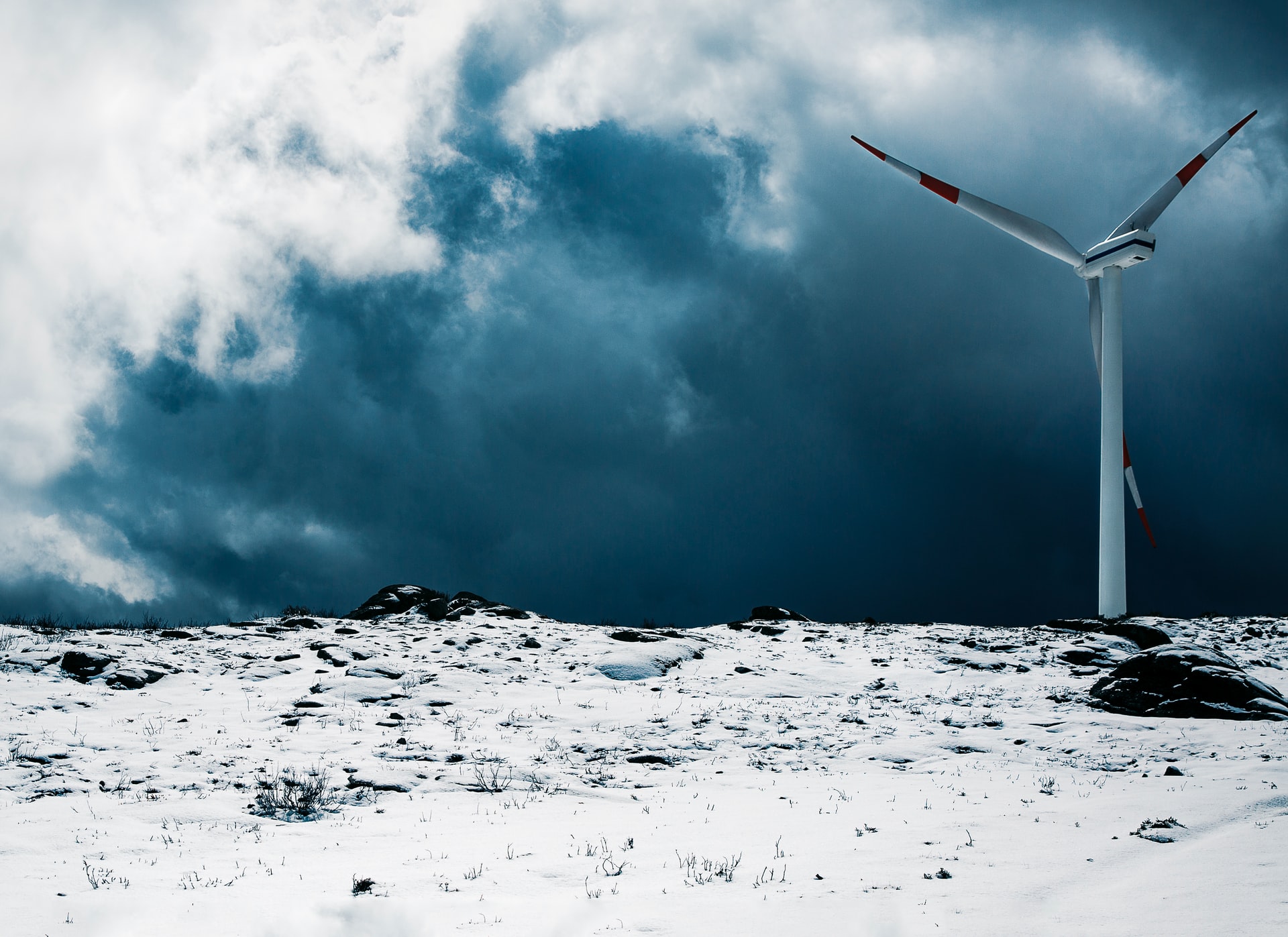Subzero temperatures have plunged parts of the American Southwest into a winter weather crisis. Icy conditions have frozen in Texas’ oil and gas production, but the state’s wind turbines have been the top target for scrutiny toward the inefficient energy grid. Though half of all wind generation went offline in the US’s leading state for wind power, rolling and sustained blackouts cannot be chalked up to a single source of energy. However, this crisis will undoubtedly revive skepticism of renewable energy’s reliability – especially when investors consider sky-high valuations across the industry.
Related ETFs: Energy Select Sector SPDR Fund (XLE), United States Natural Gas Fund, LP (UNG), Invesco DB Oil Fund (DBO), First Trust Global Wind Energy ETF (FAN), Invesco Solar ETF (TAN)
An unprecedented winter storm has rocked Texas, exposing major vulnerabilities in their strained electric grid.
Electricity demand topped 69 gigawatts on Sunday evening, setting a winter record, according to the Electric Reliability Council of Texas (ERCOT), the state’s power-grid operator. This was more than ERCOT had forecast as the expected winter peak.
Rolling and sustained blackouts have continued throughout the state for more than three days now. Nearly 4.5 million customers went without electricity Tuesday, and by Wednesday morning some 2.9 million Texans still didn’t have the lights turned on, according to poweroutage.us.
Swathes of natural gas have had to be diverted away from electricity generation and into heating capacity. This has become the most significant issue facing the state’s electrical grid because ice and bitter cold have put a literal deep freeze on Texas’ energy output.
Frozen natural gas wells in Oklahoma and Texas led to an increase of as much as 100x the typical purchase price, just since Friday. Storage withdrawals in the region are up by 10 Billion cubic feet per day (Bcf/d) compared with withdrawals made before the storm hit.
In the Permian Basin, Bloomberg reports that major producer Occidental Petroleum Corp. told customers it would be forced to curtail oil deliveries, while Chevron Corp. shut in some wells in the region. Fracking in the top U.S. shale plays has gone dark. US oil production has plunged by a third.
With electricity down, pipeline operations were also interrupted. Oil pipeline operator Enbridge Inc said their 585,000 barrel per day (bpd) crude oil pipeline that runs from its terminal near Pontiac, Illinois to the largest US oil storage hub in Cushing, Oklahoma, was halted because of power outages. Per Al-Jazeera, Kinder Morgan’s Natural Gas Pipeline Co reported similar capacity constraints at various locations on its pipeline system. Overall, operational issues on at least 30 natural gas pipelines have been reported.
As Natural Gas Intelligence reports, cash prices on natural gas remained volatile after the weekend, with next-day gas in Oklahoma surging as high as $999.00 amid the unparalleled winter blast. NGI’s Spot Gas National Avg. rose $18.80 from Friday’s levels to $80.76.
Prices on West Texas Intermediate (WTI) crude futures closed above $60 per barrel for the first time since January 2020, while futures for natural gas at Henry Hub in Louisiana were up 4.3% at $3.04 per million British thermal units.
Gasoline prices rose for a sixth consecutive week to a national average of $2.50 a gallon on Monday, their highest level in more than a year, according to GasBuddy.
Even uranium futures rose, as prices on the September contract were quoted at $32.65 a pound on Monday, up 9.4%, according to FactSet data. On Tuesday, uranium exchange-traded funds and miners were up sharply. The Global X Uranium ETF (URA) was up over 7%. Meanwhile Cameco Corp. (CCJ), the largest publicly traded uranium company, saw shares move up by over 7%.
Last week, MRP highlighted an ongoing rebound in the American nuclear/uranium industries.
Out of all major energy sources, the credibility of renewables is likely to take the biggest hit as sub-zero temperatures and icy precipitation provided snapshots of wind turbines halted in their tracks. Power generation from solar panels was also interrupted.
Though the combined share of fossil fuels remains the top energy source in Texas, wind energy is no longer just a fraction of the grid…
To read the rest of this Market Insight, START A FREE TRIAL You’ll also gain access to: If you already have a subscription, sign in










